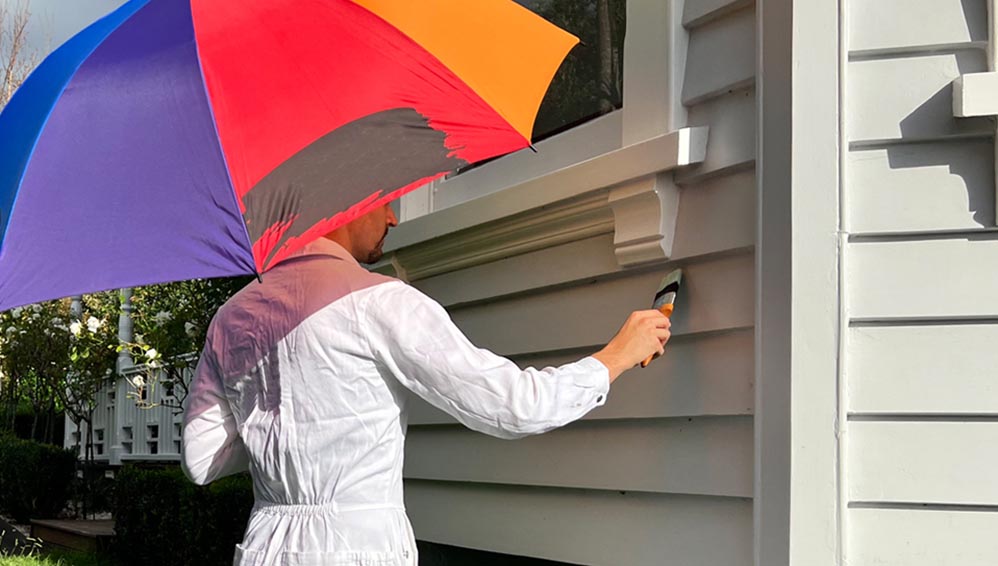Introduction
Painting is a common and effective way to enhance the aesthetics of our surroundings, whether it be our homes, offices, or other structures. However, the process of painting can be greatly affected by external factors such as temperature. In particular, painting in extreme heat can present a variety of challenges that may compromise the quality and durability of the paint job. In this blog post, we will explore the impact of high temperatures on painting and emphasize the importance of adhering to recommended surface temperatures to ensure the best possible results.
The Effect of Heat on Painting
Painting in high temperatures can lead to a range of issues that can negatively affect the outcome of a paint job. One of the most significant problems is the rapid evaporation of solvents in the paint, which can cause the paint to dry too quickly. When paint dries too fast, it may not adhere properly to the surface, resulting in poor adhesion and an uneven finish. Additionally, rapid drying can lead to brush marks, lap marks, and other imperfections that detract from the overall appearance of the painted surface.
Furthermore, high temperatures can also cause the paint to become too thin, making it difficult to apply evenly. Thinned paint may run or drip, resulting in an uneven coating that requires additional touch-ups. In extreme cases, paint applied in high temperatures may not cure properly, leading to premature cracking, peeling, or flaking.
Recommended Surface Temperatures for Painting
To mitigate the negative effects of high temperatures on painting, it is crucial to follow the manufacturer’s recommendations regarding surface temperatures. In general, most paint manufacturers advise against painting when the surface temperature is above 92°F (33°C) or below 48°F (9°C). These guidelines are based on years of research and testing to ensure optimal painting conditions and the best possible results.
When the temperature exceeds 92°F, it is recommended to postpone painting until conditions are more suitable. High temperatures can accelerate the drying process and compromise the quality of the paint job. In addition, extreme heat can make it challenging to work with the paint, as it may become too thin and difficult to control.
On the other hand, painting in temperatures below 48°F can also have detrimental effects on the paint job. Cold temperatures can slow down the drying process, leading to extended drying times and potential issues with adhesion. Paint applied in cold weather may not cure properly, resulting in a weaker bond with the surface and reduced durability over time.
Tips for Painting in High Temperatures
If you must paint in high temperatures, there are several precautions you can take to minimize the negative effects of heat on your paint job:
1. Paint in the early morning or late afternoon when temperatures are cooler.
2. Provide shade for the painted surface to prevent direct exposure to sunlight.
3. Use paint additives or extenders to slow down the drying process and improve workability.
4. Work in small sections to ensure that the paint is applied evenly and does not dry out too quickly.
5. Take frequent breaks to stay hydrated and avoid heat exhaustion.
Conclusion
In conclusion, painting in extreme heat can present a variety of challenges that may compromise the quality and durability of the paint job. To ensure the best possible results, it is essential to follow the manufacturer’s recommendations regarding surface temperatures and take appropriate precautions when painting in high temperatures. By adhering to these guidelines and implementing best practices, you can achieve

